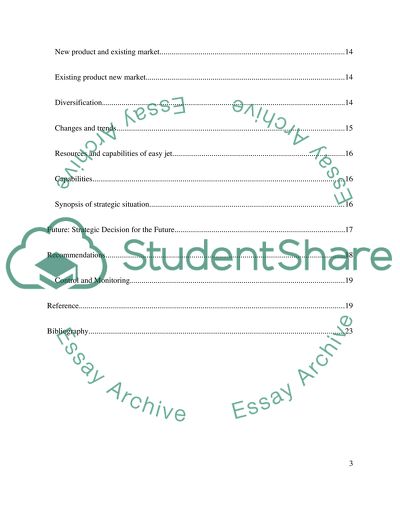Cite this document
(“Longitudinal Strategic Development Study on easy Jet Essay”, n.d.)
Retrieved de https://studentshare.org/marketing/1392103-longitudinal-strategic-development-study-on-easy-jet
Retrieved de https://studentshare.org/marketing/1392103-longitudinal-strategic-development-study-on-easy-jet
(Longitudinal Strategic Development Study on Easy Jet Essay)
https://studentshare.org/marketing/1392103-longitudinal-strategic-development-study-on-easy-jet.
https://studentshare.org/marketing/1392103-longitudinal-strategic-development-study-on-easy-jet.
“Longitudinal Strategic Development Study on Easy Jet Essay”, n.d. https://studentshare.org/marketing/1392103-longitudinal-strategic-development-study-on-easy-jet.


